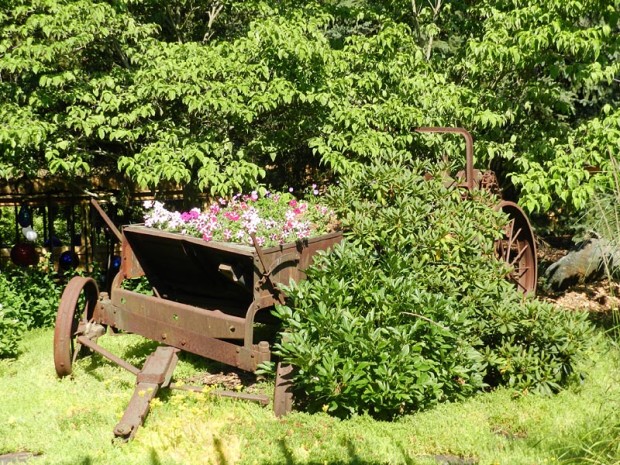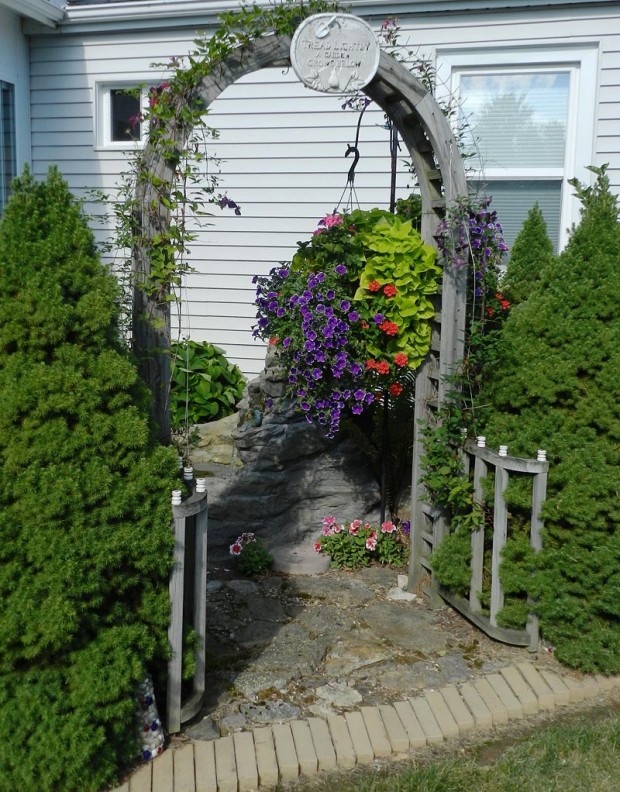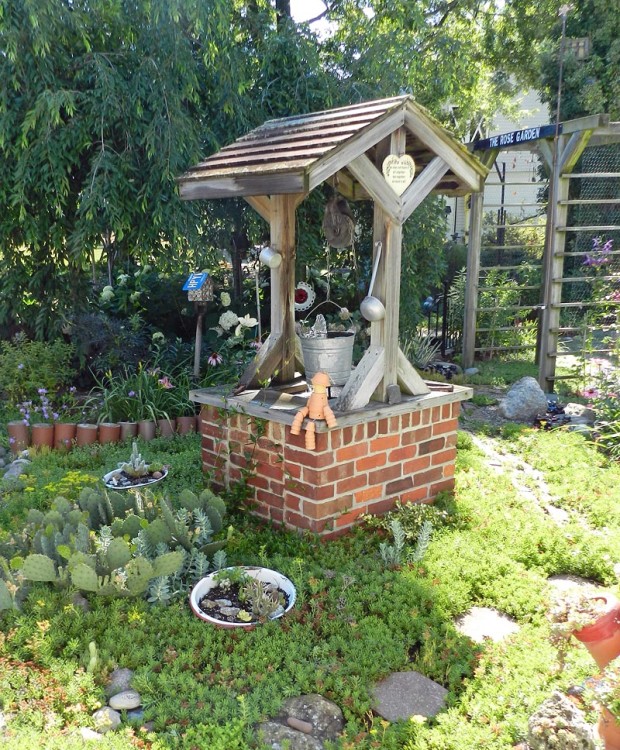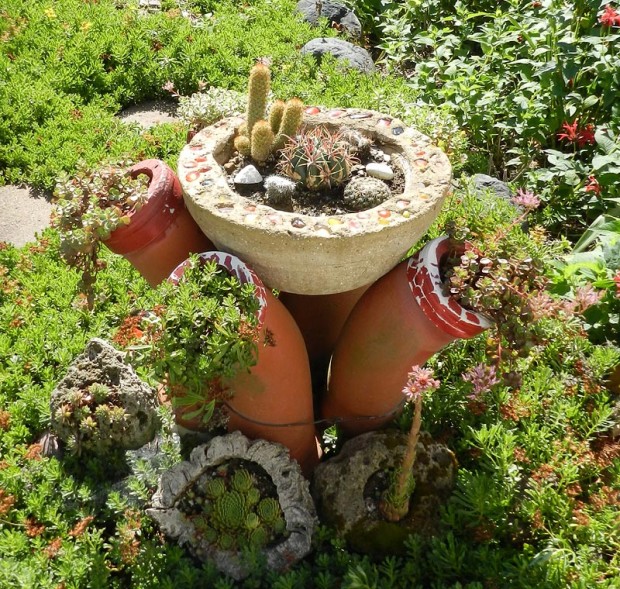MSU Extension:
At least to this point in the year, the weather of 2013 couldn’t be any different than 2012. The season of 2012 was characterized by high temperatures and extended dry conditions. Now that we’re about mid-June, nary has an air conditioner been fired up and most turf managers are just hoping for a couple days of dry weather. Although precipitation is always somewhat scattered and variable from location to location, since Sunday night (June 9), many locations have received between 1 to 3 inches of rain, and this wasn’t following a dry spell. What challenges do the cool weather and abundant precipitation present for managing your lawn?





